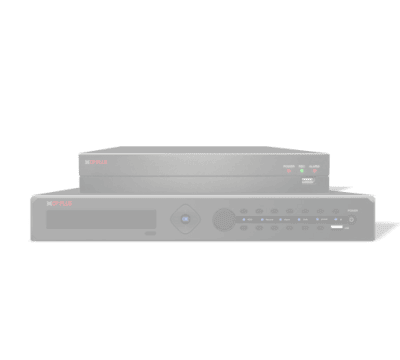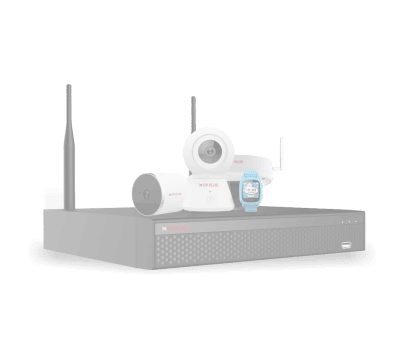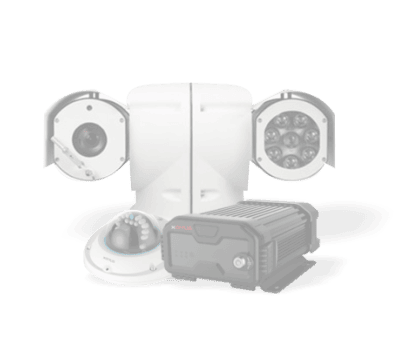- Home
-
Products
Product Categories
- Network Camera
- Network Video Recorder (NVR)
- Analog HD Camera
- Digital Video Recorder (DVR)
-
Online Products
Sub Categories
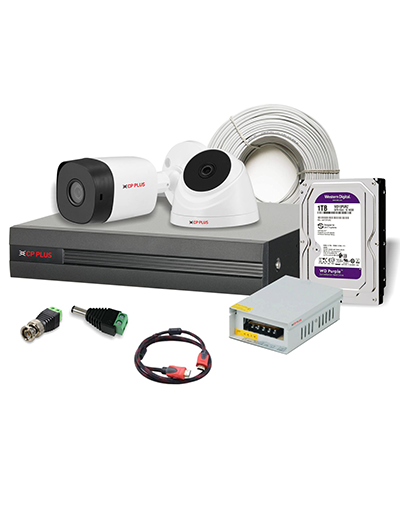
- illumax
-
Guard+
Sub Categories
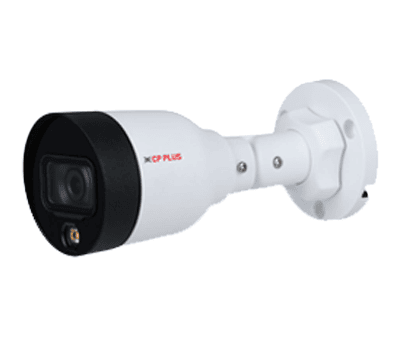
-
CarKam
Sub Categories

-
Speed Dome(PTZ)
Sub Categories

- EzyHome
-
4G Router
Sub Categories

- Locks
-
Video Door Phones
Sub Categories
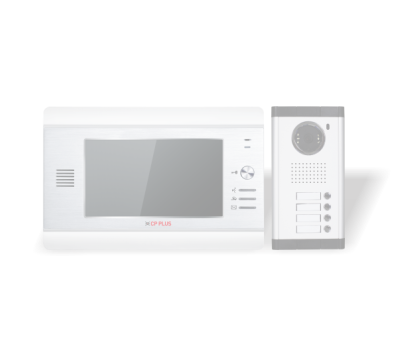
-
Time & Attendance
Sub Categories

- Mobile Surveillance
-
Storage
Sub Categories
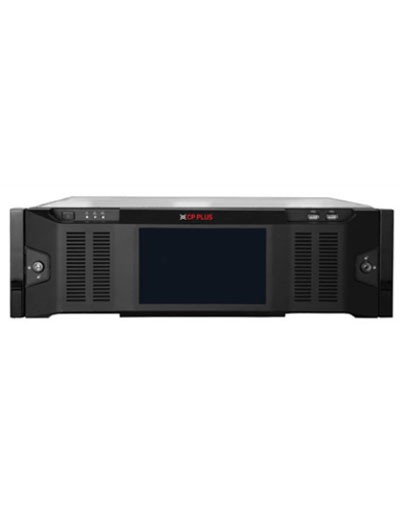
- Switches
-
Memory
Sub Categories

- Interactive Display
-
Accessories
Sub Categories
- Power Supply
- Lenses
- Illuminators
- Housing
- Bracket
- Keyboards
- Cables
- Racks
- Metal Detector
- Floodlight camera
- Mic
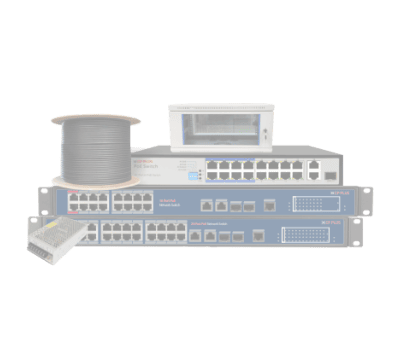
-
Marketing
Channel MarketingCorporate MarketingOthers
- Solutions
- Support
- Training
- Partner Connect
- Contact Us
-
CP PLUS solutions secures highly sensitive Sheela Foam plants
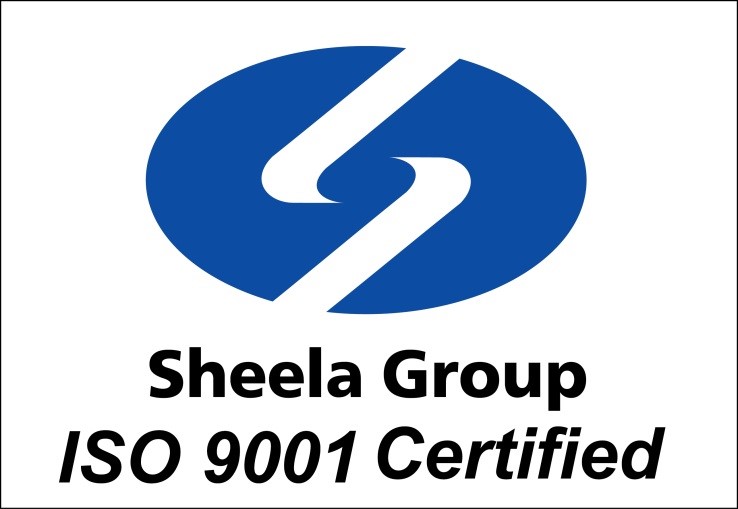
Background
Sheela Group is a leading name in the Polyurethane (PU) foam industry running successful brands like Sleepwell, Feather Foam, and Lamiflex. A multi-billion entity, this Indian based foam manufacturing company has its wings spread across 25 countries across the world.
Cognizant of the numerous projects that it has successfully delivered with its wide portfolio of products and solutions, the SG management approached CP PLUS for a tailored solution that will help address their pain points.
Mission
The manufacture of polyurethane foam entails a complex hazardous process; the chemicals used to in its development are high on the risk quotient, and require being handled with extreme caution. Such is the susceptibility to fire hazards that the plants are devoid of electrical connections, and work in natural light and air.
Despite stringent procedural norms that the employees had to adhere to, the management felt a pressing need for remote monitoring of the manufacturing lines and processes within the plants so as to ensure that the equipment, chemicals, and other inventory are being handled properly. Keeping a close watch on the facilities such that incidents (largely fire threats) could be instantly detected and responded to was also high on their agenda.
Challenges
The plants were expansive located in remote areas. The challenge was to place cameras such that minimum cabling was required without compromising on the visibility aspect. Additionally, there were constraints on the kind of cables used since the working environment was highly susceptible to fire: only FRLS cables that confirmed to their safety standards were used. Furthermore, all cabling was to be done externally, except for where the cameras were installed.
Solution
A total of 9 plants were secured with CP PLUS solutions. Each plant is divided in sheds based on the processes, and solutions designed were in accordance.
Each shed was stipulated one network address, and the cluster of these networks (sheds) was then interconnected through a combination of wired and wireless solutions. The underlying idea was to minimize cabling. While of the cabling was done externally (except for where the cameras were installed), the DVRs were neatly tucked away in weather-proof enclosures outside the sheds to prevent loss of recordings in the event of any mishap. Additionally, a secondary backup was designed via IP network in the NAS unit, which was installed outside the premises inside the guard room.
Impact
Having achieved the goals it has set out with, the management was satisfied.
9 different plants are now being monitored from a central control center that has been setup at their corporate head office with a dedicated monitoring team. Remote maintenance and trouble-shooting have now become easier, as the management can provide immediate response to incidents without having to be physically present on-site. This contributes greatly to reducing maintenance and managements costs.
The management is considering an augmentation of the existing network to meet their plant expansions needs. Also underway are plans to build a central Control Room at their head office from where all 9 plants can be viewed and monitored.
“The project was challenging owing to the hazardous environment within the manufacturing plants. A number of considerations needed to be made when planning the design and layout of its security network. However, when the client expressed satisfaction on successful implementation, our efforts were all worthwhile”. Rajan Verma, Sai Communications.
 International. All Rights Reserved.
International. All Rights Reserved.




